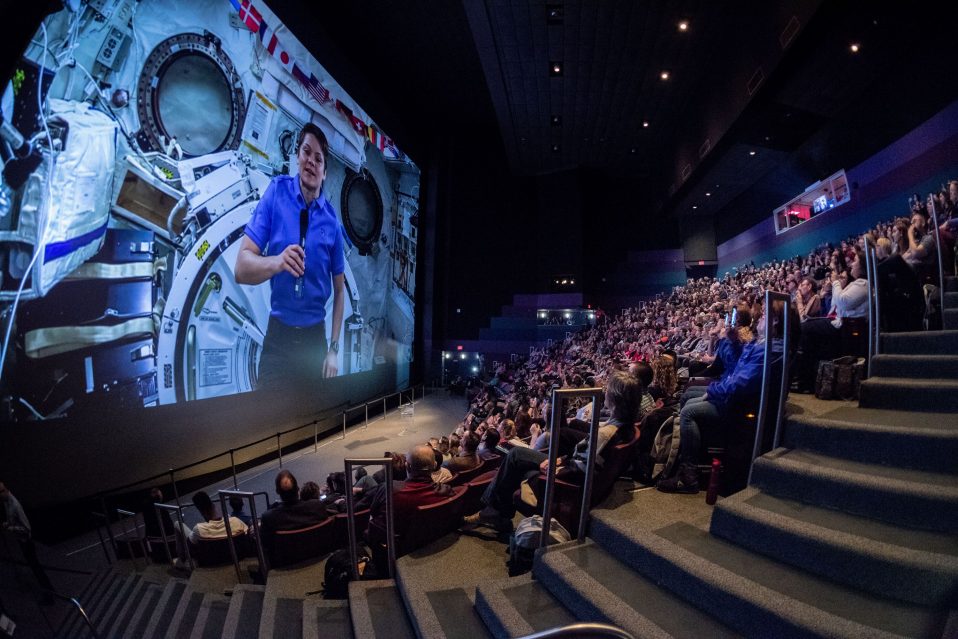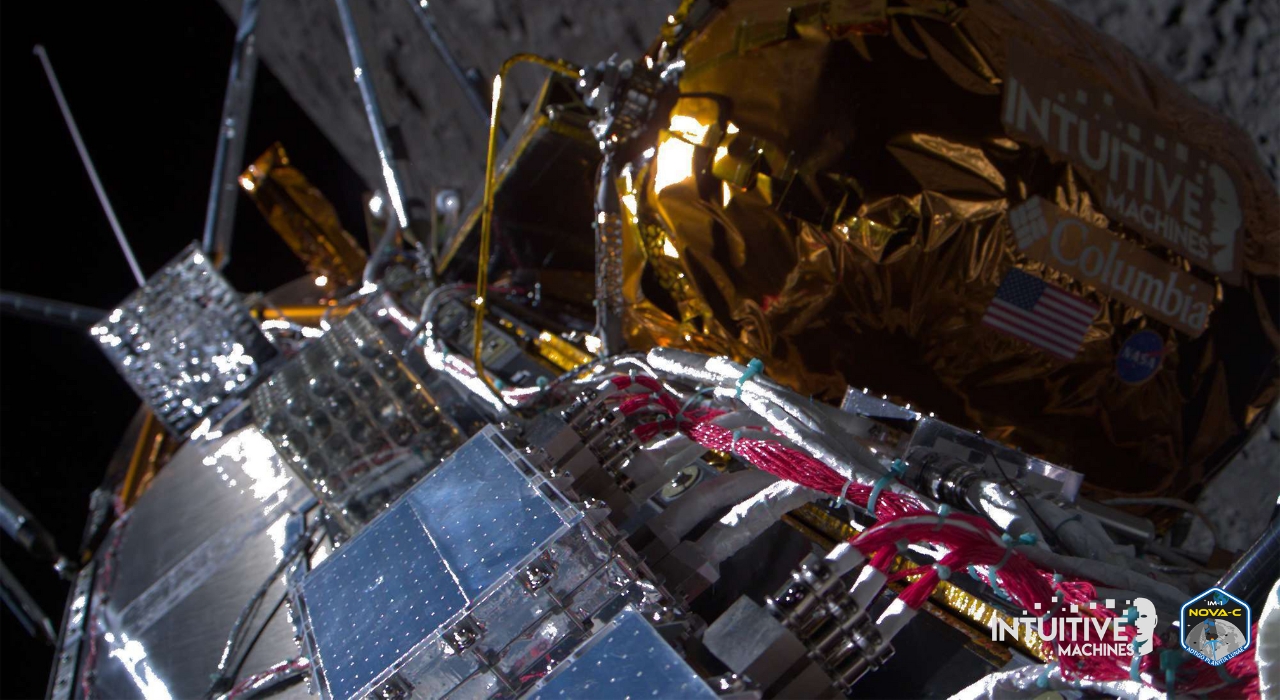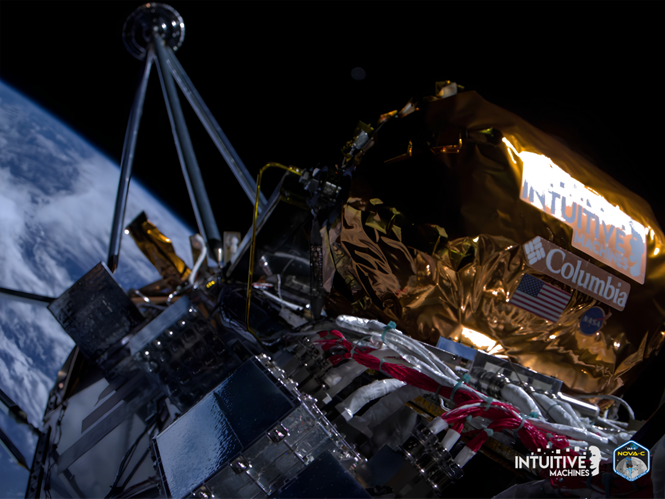
The current novel coronavirus–named “severe acute respiratory syndrome-related coronavirus 2” (SARS-CoV-2)–is a virus that can spread from person to person. While COVID-19 symptoms can range from mild (or no symptoms) to severe illness, the most severe cases can lead to respiratory distress.
One of the most important methods to prevent the spread of this potentially fatal novel coronavirus is wearing Personal Protective Equipment (PPE). This mitigates the risk of infection. However, because of the pandemic, these have been in short supply. In response, NASA’s Jet Propulsion Laboratory (JPL) designed a solution and made it accessible to anyone.
In our new exhibit Mission: Control the Spread, you can see some of the amazing devices NASA is innovating to help slow the spread of coronavirus (COVID-19). (Curious what it looks like? Explore our photo gallery to get a quick look at this new exhibit now on display.)
With this activity, you can create your own.

What this is: A team at NASA’s Jet Propulsion Laboratory (JPL) has created and tested multiple designs of 3D printable respirators and custom filters that are now released as Open Source. This is intended to help provide Personal Protective Equipment (PPE) for the Coronavirus pandemic. This includes multiple designs for different situational needs (high performance, mass production, comfort), and is compatible with commercial and custom cartridge filters.
Read this overview of the project and see images made by real-world participants.
 Target age-range: This task is more complex than other Try This At Home activities. It uses more complicated instructions and specialized materials. It’s up to the discretion of participants or the person supervising participants, but the ability to read and understand intricate directions, and use required equipment and materials is necessary.
Target age-range: This task is more complex than other Try This At Home activities. It uses more complicated instructions and specialized materials. It’s up to the discretion of participants or the person supervising participants, but the ability to read and understand intricate directions, and use required equipment and materials is necessary.
This activity could be an excellent project for a class or for Scouts (or similar).
Why offer open-source designs?
Jet Propulsion Laboratory explains, “These designs, instructions, STL files, and JPL’s initial test data are released to Open Source with the hope that companies and individuals who have access to 3D printers, and who want to help, can print or create these for those who need them. We are purposefully not using materials in the normal medical supply chain as it should be kept free to create commercial and certified respirators. We expect and hope that these designs will be commented on and improved by everyone during and after this pandemic.”
Note that these respirators are not certified by NIOSH or any medical institution, so use at your own risk.
How to create your own respirator
Step 1: Learn about the types of respirators
 The Performance Respirator: Similar to commercial half-face respirators, this is designed to provide the highest level of fit performance. It includes a two-piece assembly that consists of both a flexible and rigid element. The rigid element provides effective attachment for external filter cartridges while the flexible element has an internal lip to provide a conformal seal against the user’s face.
The Performance Respirator: Similar to commercial half-face respirators, this is designed to provide the highest level of fit performance. It includes a two-piece assembly that consists of both a flexible and rigid element. The rigid element provides effective attachment for external filter cartridges while the flexible element has an internal lip to provide a conformal seal against the user’s face.
The Comfort Respirator: Like its name, this is designed to meet a high comfort factor for extended time use and safe fit seal. The modular design allows for intended use adaptability such as single or double cartridge filters for low to high physical activity and support accessories such as a one-way exhaust valve.
The Conforming Respirator: Using flexible filament this design is focused on conforming to a wide range of faces and fast printing. This means fewer sizes are needed to comfortably seal to the range of human face dimensions.
Click the links to access the design specs and learn more about the respirator and how to build it.
Step 2: Check your materials
Look through the design specs for each type of respirator and identify the materials required and the steps. Consider these questions:
- What materials do you have available?
- Which printers do you have access to?
Step 3: Decide which respirator to make
To decide which respirator is right for your use, please consider these questions:
- How are you planning to use the mask?
- What tradeoffs between comfort and sealing are right for you? (See the test results)
- What’s your face shape?
- What’s your face size?
Step 4: Access the instructions
Design 1: JPL Performance Respirator
Design 2: JPL Comfort Respirator
Design 3: JPL Conforming Respirators
Step 5: Share your results with us
We would enjoy seeing your results! Share the images of your finished respirators, and tell us what you hope to do with it. Make sure to tag us at #SpaceCenterHou or our Space Center Houston social media channels.








